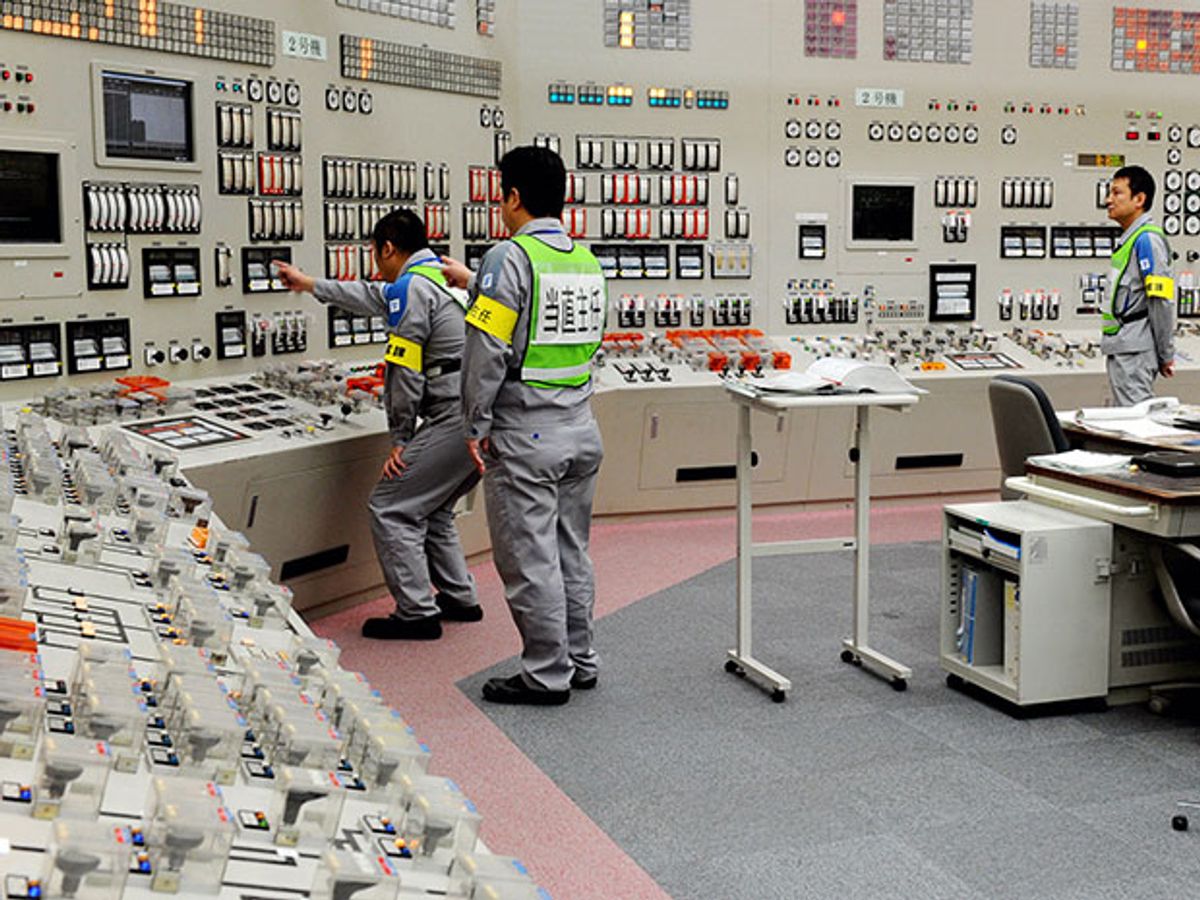The populous island of Kyushu in southwest Japan has been shaken by hundreds of earthquakes and aftershocks over the past eight days, and there is no immediate end in sight to Mother Nature’s upheavals.
The tremors have impacted manufacturing for some companies in the auto and electronics industries, while concerns are growing over the safety of Japan’s two active nuclear reactors (the only two presently online), which are located about 120 km south of where the main shaking is occurring.

The first major quake, 6.5 in magnitude, struck on April 14. A second more disastrous tremblor measuring 7.3 hit the area at 1:25 am on Thursday, April 16, injuring thousands of people, and killing dozens. Water, electricity and gas services have been disrupted. Buildings, roads, and bridges have been destroyed, complicating search, rescue and aid efforts for emergency workers and the Japan Self-Defense Force. The quakes are occurring inland, so there are no tsunami warnings.
As the quakes continue, fears are growing over the safety of two nuclear reactors in the Sendai Nuclear Plant operated by Kyushu Electric Power Co. (Kyuden). According to the Japan Times, citizens’ fears are rising, while mayors from more than 100 cities have called on the central government “to re-evaluate the way earthquake safety standards for nuclear power plants are calculated.”
Following the Fukushima Daiichi Nuclear Plant accident in March 2011, all 50 or so nuclear plants in Japan were shut down. The two Sendai reactors were authorized by Japan’s Nuclear Regulation Authority (NRA) to start up again this year after fulfilling strict new safety requirements, but now they face the possibility of another shutdown if the quakes continue and citizens fears increase further.
To try and head off such an outcome, Kyuden was quick to prominently display messages in Japanese and English on its website stating that “Sendai Nuclear Power Station is safely in operation. … No abnormalities have been confirmed there.”
It has also published details on seismic intensity and maximum acceleration of ground motion measured in gals [PDF] the plant experienced during the April 16 temblor—the values coming far below the figures for automatic shutdown.4
The NRA agrees with the operator’s stance, saying in a news release [PDF] issued April 18, “To date, no issues regarding the safety of the following facility [including Sendai Nuclear Power Station] were found resulting from the earthquakes, and their operation status have not changed from before the earthquakes.”
But the NRA has been criticized for not providing sufficient information on the impact of the earthquakes. In a press conference on April 18 reported by the jiji wire service, NRA chairman Shunichi Tanaka admitted they could do a better job. “We will decide whether to stop the operations of nuclear power plants based on scientific and technological standards,” Tanaka told the press. “Under the current circumstances, we do not see any safety problems.”
Auto and electronics manufacturers’ facilities in the region also absorbed major damage and the impacts are being felt up and down the supply chain.
Toyota reports that it is suspending production of vehicles at most of its assembly plants due to parts shortages from Kyushu suppliers hit by the earthquakes, while Honda has halted work in its Kumamoto Factory, which manufacturers motorbikes and general-purpose engines.
Because of damage to buildings and manufacturing lines, Sony has stopped operations at its Semiconductor Manufacturing Kumamoto Technology Center, which produces image sensors for digital cameras and micro-display devices. Two other Sony semiconductor plants in the region also suffered temporary disruptions in production.
It’s an open secret that Sony supplies Apple with CMOS image sensors for its iPhones. When press reports suggested such sensor shipments might be affected, Sony quickly issued a press release stating, “Although some of the manufacturing equipment at Nagasaki Technology Center, which is Sony’s main facility for smartphone image sensor production, and (at) Oita Technology Center … had been temporarily halted, the affected equipment has been sequentially restarted from April 17, and production resumed.”



